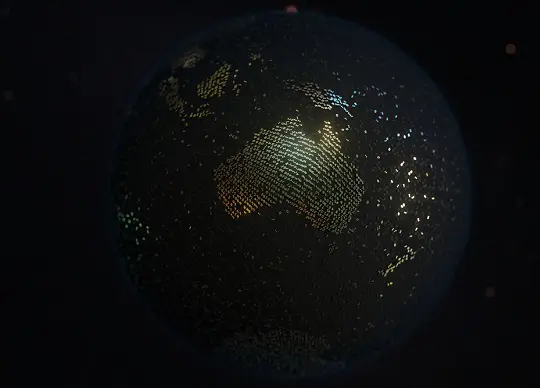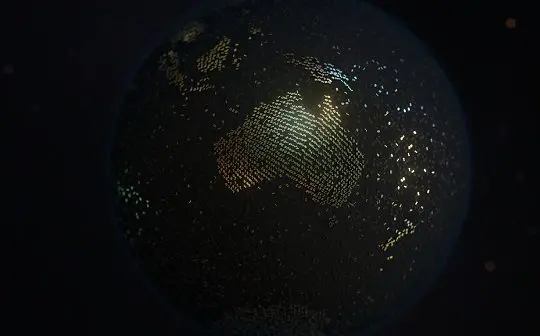
Businesses, communities, farmers and first responders across Australia and New Zealand will reap the benefits from greater satellite positioning accuracy with the award of an AUD$1.18 billion, 19-year contract to bring the Southern Positioning Augmentation Network (SouthPAN) to life.
The new service will improve positioning from current services, which provide accuracy of between 5 to 10 metres, to as little as 10 centimetres. This 50-fold increase in accuracy will boost economic productivity and be the Southern Hemisphere’s first satellite navigation augmentation service.
Minister for Resources and Northern Australia Madeleine King said SouthPAN is a major commitment between the Australian and New Zealand governments to provide essential satellite positioning services across Australasia.
“SouthPAN will provide instant, accurate and reliable positioning to users across all of Australia and New Zealand’s land and maritime zones without the need for a mobile phone signal or internet,” Minister King said.
“We’ve already demonstrated that industry and the community can use this for ground-breaking applications that increase safety, improve productivity and drive innovation across a broad range of industries.”
Minister King said the new network will enable mining companies to install more accurate collision avoidance systems on automated mining haul trucks or allow visually impaired citizens to navigate cities with pinpoint assistive technologies.
Another benefit will be to allow light aircraft to land more safely in remote rural areas in all weather conditions, bringing benefits for essential services such as The Royal Flying Doctor Service and the communities they serve.
SouthPAN is estimated to generate over AUD$6 billion in benefits to the Australian economy over the next 30 years.
New Zealand Minister for Land Information, Damien O’Connor, said the joint Australia-New Zealand initiative will be a game-changer for the economies of both nations.
“SouthPAN provides crucial digital infrastructure for the future and we expect the actual benefits to be greater over the project’s lifespan. Beyond the horizon, new products on the market will use this infrastructure to create value in new ways for businesses and consumers,” Minister O’Connor said.
“This technology was originally developed to support aviation safety, but as technology has advanced, the applications have expanded. It now has potential uses as varied as enabling accurate vehicle guidance for efficiencies in agriculture and horticulture management, tracking maritime shipments, and enabling navigation for drones and other unmanned vehicles.”
Geoscience Australia signed the contract with Lockheed Martin Australia earlier this week to provide the service. Minister King said the system will deliver the first services in the coming weeks.
“The SouthPAN project team will work with Lockheed Martin Australia to establish a network of Global Navigation Satellite System reference stations, a corrections processing facility and satellite uplink facilities that will enable accurate and reliable positioning signals to be transmitted from satellites to users,” Minister King said.
“We are working hard to ensure users can access the SouthPAN service as soon as possible. The coming weeks will see the release of our first precise, open-access positioning services.
“The SouthPAN services will be fully operational across the two countries with safety-of-life certification from 2028,” Minister King said.
Damien O’Connor added SouthPAN reflects both governments’ shared commitment to growing space capability.
“By providing these capabilities to Australian and New Zealand businesses, we can harness science and technology to help them improve productivity, sustainability, and boost innovation,” Minister O’Connor said.
SouthPAN is a partnership between Geoscience Australia and Toitū Te Whenua Land Information New Zealand (LINZ) under the Australia New Zealand Science, Research and Innovation Cooperation Agreement.





